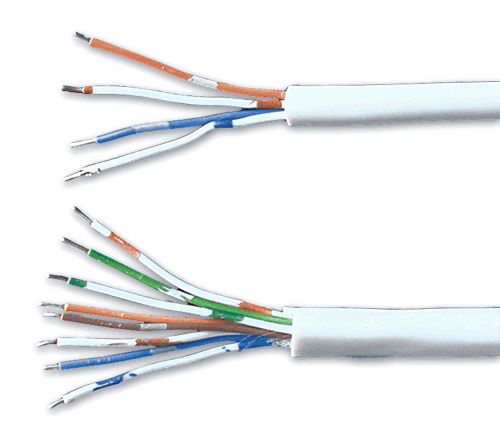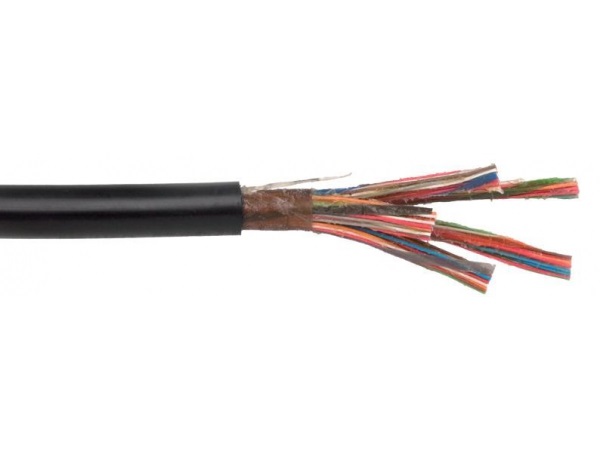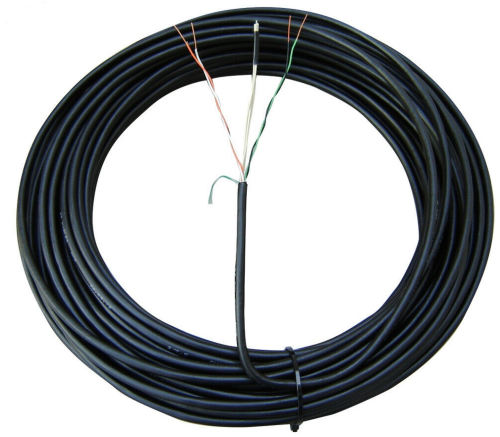CW1308 Cable
CW1308 telephone cable is a twisted pair cable type that is approved for use in the UK for internal wiring of legacy telephone systems. It is available in several variants including PVC sheath or Low Smoke Zero Halogen (LSZH) sheath and from 2-pair upwards. This is the most commonly found cable used internally on legacy UK domestic telephone systems. In the home, typically telephone extensions are cabled using the 3-pair version, and any trunk links in the building (if it is multi-dwelling) are larger multipair variants. This setup has however been largely superseded in many office buildings by the use of Category 5 and above (Cat 5/6/7/8) cabling and sometimes by IP telephony.
CW1308 is the standard cable for legacy telephony and is used with many door entry systems.

CW1128 Cable
CW1128 cables are designed to withstand weather conditions from snow and heavy rain to direct sunlight. CW1128 cables provide for UV and moisture-resistance by being filled with Petroleum Jelly (hence their popular reference as jelly-filled cable) and sheathed in Polyethylene (PE). The cable is approved for use in external applications on the telephone network and is often seen as the incoming cable to the home from the local road connection box.
For outdoor applications where additional protection against environmental factors is required, including direct burial of cabling, the CW1128/CW1198 duct grade telecom cable has a Galvanised Steel Wire Armour (GSWA) offering mechanical protection.

CW1415 / CW1411 / CW1420
A range of self supporting aerial telephone cables designed for use in local area links to cable between pole and building or two buildings. High tensile steel strainer wires are incorporated within the cable. A black polyethylene sheath, which is UV stable offers weather resistance.
1 Pair CW1415 BT Drop Wire No.11 unscreened cable Black
2 Pair CW1411 BT Drop Wire No.10 unscreened cable Black
4 Pair CW1420 BT Drop Wire No.15 unscreened cable Black

CW1411 Cable
For UK telephone networks, these cables are being replaced with Fibre optic cables and I.P. based telephony systems. However they will continue to see use in security systems such as the cheaper door entry systems until IP versions take over the market.
